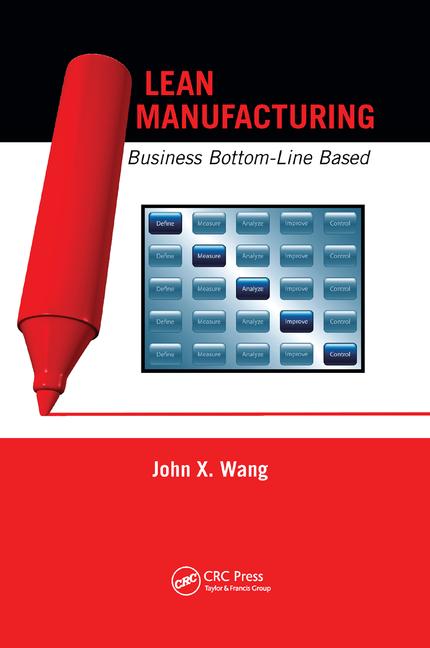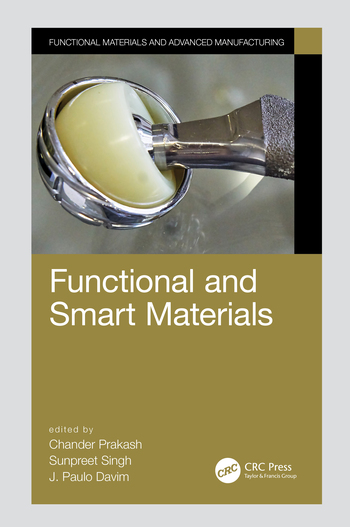Down the Line: Smart Lighting Is Energy Efficient
Researchers at Rensselaer Polytechnic Institute (RPI, Troy, NY) have developed a new type of light emitting diode (LED) that features significantly improved lighting performance and energy efficiency. The polarization-matched LED exhibits an 18 percent increase in light output and a 22 percent increase in wall-plug efficiency-the amount of electricity the LED converts into light.
The new device achieves a notable reduction in “efficiency droop,” a phenomenon that provokes LEDs to be most efficient when receiving low-density currents of electricity, but then to lose efficiency as higher density currents of electricity are fed into the device. The cause of this droop is not yet fully understood, but studies have shown that electron leakage is suspected to be a large part of the problem.
“This droop is under the spotlight, since today’s high-brightness LEDs are operated at current densities far beyond where efficiency peaks,” says E. Fred Schubert, head of RPI’s Smart Lighting Engineering Research Center. “This challenge has been a stumbling block, because reducing the current densities to values where LEDs are more efficient is unacceptable. Our new LED tackles this issue and brings LEDs closer to being able to operate efficiently at high-current densities.”
Focusing on the active region of LEDs, where the light is generated, the researchers discovered the region contained materials with mismatched polarization. According to Schubert, the polarization mismatch likely causes electron leakage, and therefore a loss of efficiency.
The engineers discovered that the polarization mismatch can be strongly reduced by introducing a new quantum-barrier design. They replaced the conventional gallium indium nitride-gallium nitride layer of the LED active region with gallium indium nitride-gallium indium nitride. “This substitution allows the layers of the active region to have a better matched polarization, and in turn reduce both electron leakage and efficiency droop,” Schubert points out.



